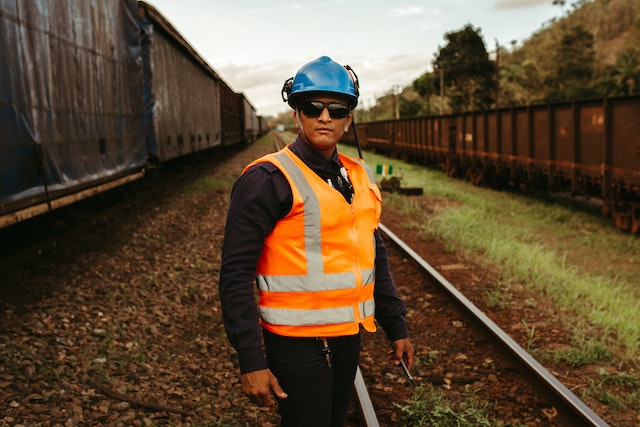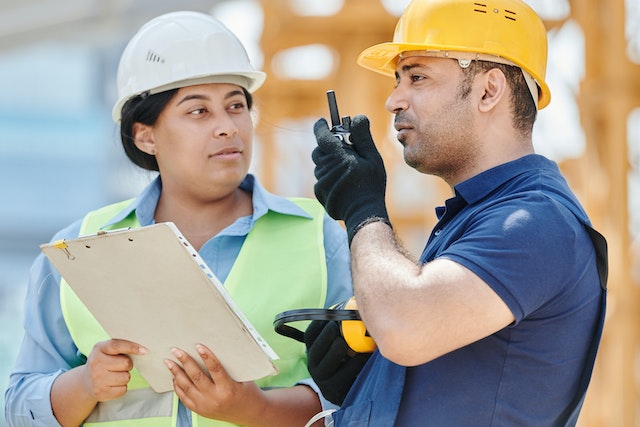Standard FELA Claims Versus LIA Claims
In a normal FELA claim, an injured railroad worker must prove that their employer was negligent in some way and that this negligence was a cause of the accident that harmed them. If the railroad worker was also negligent, the worker can still recover the percentage of damages allocated to the employer’s negligence. This is already substantially different from a typical workers’ comp claim, in which employers always assume liability for workplace injuries but only provide benefits for certain economic losses like medical bills and a portion of lost work income.
However, under the Locomotive Inspection Act, which used to be called the Boiler Inspection Act, railroad companies that engage in interstate transportation and commerce assume “absolute liability” for accidents on the job that cause to harm to workers operating their trains. In other words, if a railroad worker suffers injury while working aboard a train as a direct consequence of defective locomotive equipment or machinery, their employer is automatically at fault for any ensuing damages they experience without any deduction for the employee’s comparative negligence.
Possible Grounds for a Locomotive Inspection Act Claim
Crucially, a train must be “in use” when an injury occurs to defective equipment for the absolute liability imposed by the LIA to apply. In practice, a train does not necessarily have to be moving to be considered “in use,” but it does need to be in operating condition and engaged in some form of commerce or transportation. For example, it applies when traveling between stations, stopped at a station for loading and unloading of passengers or cargo, or stopped for refueling during a longer trip.
Additionally, the worker’s injury must stem partially or wholly from a specific piece of defective engine equipment, which could include anything from poorly maintained brakes, to broken seats and lamps, to spills resulting from a leak in an engine’s fuel lines. Additional examples of LIA violations include tripping hazards, oil or grease on walkways, improper exhaust, or broken lights, handles, or grab irons.
A seasoned locomotive accident attorney could provide further guidance about what might constitute grounds for financial recovery under the LIA.
Maximizing Available Recovery with Help from Legal Counsel
Because the LIA holds railroad employers strictly liable for injuries caused by defective locomotive engines, FELA claims to which the Locomotive Inspection Act applies are often worth substantially more compensation than those stemming from other circumstances. However, getting the most value possible out of your claim could still be challenging without a professional legal representative’s support. Contact a defective locomotive equipment lawyer from our firm today to learn how we can help you.





